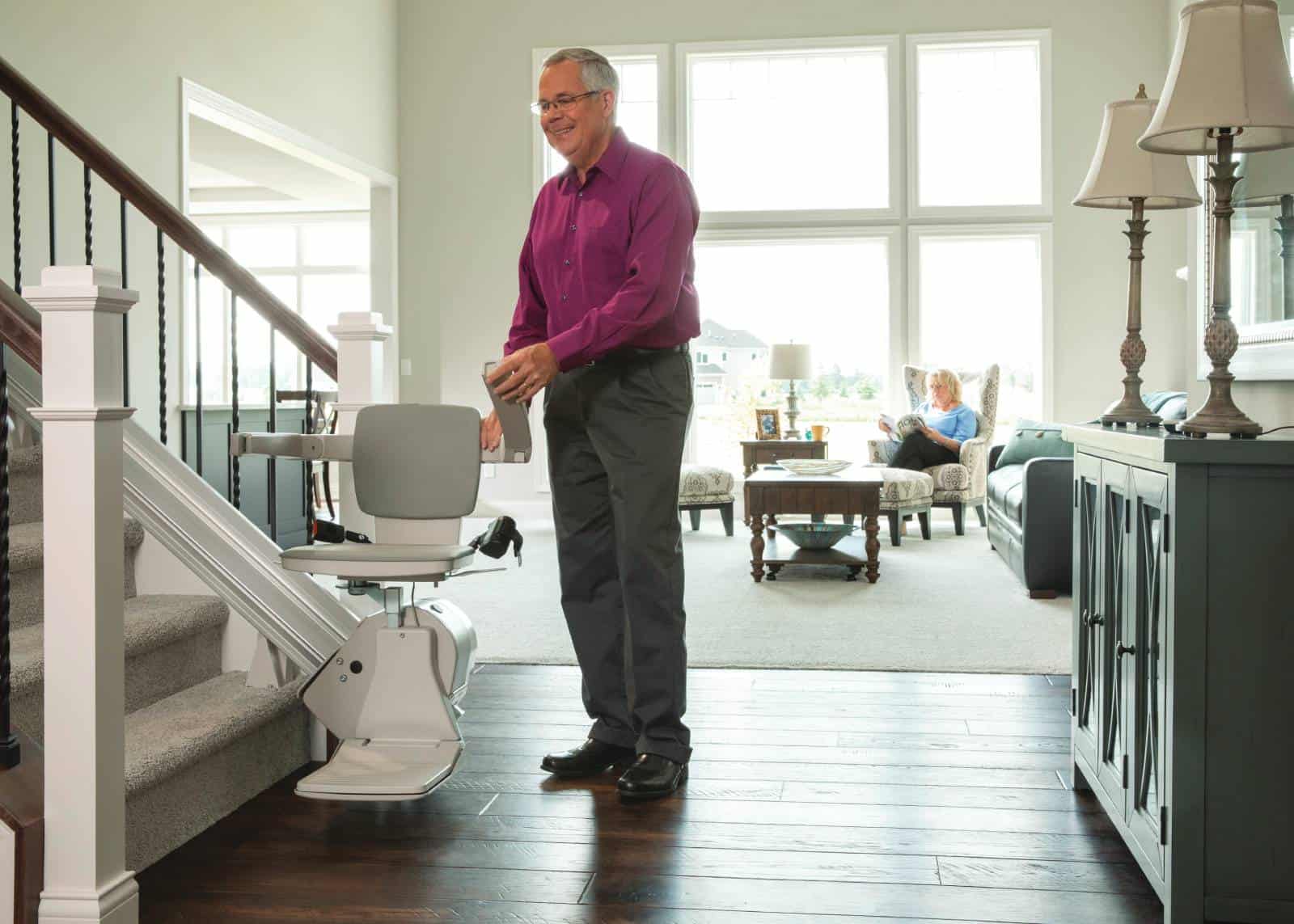Being given a diagnosis that indicates mobility limitations or issues can be overwhelming- and many may wonder what they can do for their new ‘normal.’ This is the time to act and devise your own plan of action for your new circumstances. Prepare yourself and your home for possible mobility restrictions to come and preserve your independence and autonomy.
If you have been diagnosed with a degenerative or debilitating disease or illness, don’t wait for physical limitations to strike; be proactive about fending for future mobility issues now, particularly if you are less restricted at this moment in time. Jump in and address potential challenges before they blossom into problems when you lose degrees of physical mobility or access. Don’t be complacent; your quality of life could be on the line.
Coming to Terms with your Circumstances
Try not to waste valuable time mourning what could be perceived as a loss, but instead, make efforts to address future needs now, while you are able. Certainly, you will need to adjust to the news that your physical health could be declining or that your mobility is at risk, but the longer you wait to address the future head-on, the harder it could be.
Make an Action Plan
The first thing to do when you realize you could lose some level of mobility is to make a plan of action. That is, make a list of what you need to do and the timeline to do it in. For instance, some of the ‘to do’s’ on your action plan may be to get estimates for ramps on your home, install a lift for your vehicle, or visit a mobility dealer to ascertain what aids are available and how they can help. Discuss possible approaches to your new diagnoses including community supports and programs available to you. Sometimes, a provider’s referral can open the doors to many life-changing resources.
Predict Possible Problems
Become a devil’s advocate around the home; look for and instigate problems that you can then focus on solving. For instance, investigate the height of thresholds in doorways or measure how high the countertop is from a seated position- consider these features as if you are doing it from a seated position, scooter, or wheelchair. Brainstorm ways to get around issues, like a fall, if you live alone and practice how you would reach out for help. The more challenges you can familiarize yourself with now, the more confident you will become when your physical mobility declines later.
Focus on Accessibility
The prime issue for individuals with physical limitations is access, like getting around the home, office, or public spaces when mobility is compromised. This leads to many becoming house-bound and further decline in physical function. The way around this is to enhance and increase accessibility to all areas of your everyday life now- don’t wait. Consider how a stairlift may increase access to spaces upstairs, outside, or around the home- porch and vehicle lifts can also make driving and resuming everyday activities a lot easier. If getting in and out of bed could be an issue or if you have a rehabilitative period ahead, look at how free-standing lifts can make ADLs feasible.
Expect the Worst, Hope for the Best
Yes, positive thinking can improve many health and medical outcomes, but it makes fiscal sense to address worst-case scenarios when implementing augments for accessibility around the home- even if you don’t need them right away. Consider mobility aids that will ‘grow’ with you; that is, devices with adaptability and flexibility to support changing needs, physically. Talk to your mobility aids retailer to learn more.
Utilize Available Resource Networks
During this process, do some homework to find agencies willing to lend a hand to disabled residents and community members. Even if you don’t feel like you need services now, it often takes time to be processed and accepted into local programs and networks. Consider services like meals-on-wheels, ride-shares, or home refurbishments and modifications offered for individuals with physical limitations or disabilities. Ask about or apply for available services through your case manager, primary care practitioner, or disability social worker.
Don’t wait until you lose mobility to seek out solutions and trouble-shoot potential obstacles; address your limited or declining mobility now- especially if you have been diagnosed with a debilitating disease or condition. Consider these tips to put the effort in now when given the news of limitations or loss in physical function.
Live in Southern California? Plan to pay a visit to Pacific Mobility; we offer a wide range of high-quality brands and equipment, like Bruno lifts, for individuals across the state- some across the country! We have built a reputation on customer service and support- come see what we have to offer to you.
President, Husband, Father, Grandfather Graduate of UC Davis- Bio Sci Major- Go Aggies! Jeff has extensive experience in all of Pacific Mobility’s products and services, and specializes in accessibility products as well as stairlifts, ceiling lifts and custom wheel chairs. His hobbies include spending time with family, gardening, mountain biking, exercising and off road motorcycle riding.
24 years as Owner/President of Pacific Mobility Center – selling, installing, and servicing stairlifts, porch lifts, ceiling lifts, pool lifts, handicap ramping, specialty wheelchairs, scooters, power wheel chairs, and other power mobility devices
Certified Environmental Access Consultant since 2008
Licensed General Contractor since 1998
Certified Aging in Place Specialist since 2016
Board Member for Home Access Professionals
Member of Association of Members of the Accessibility Equipment Industry (AEMA)




